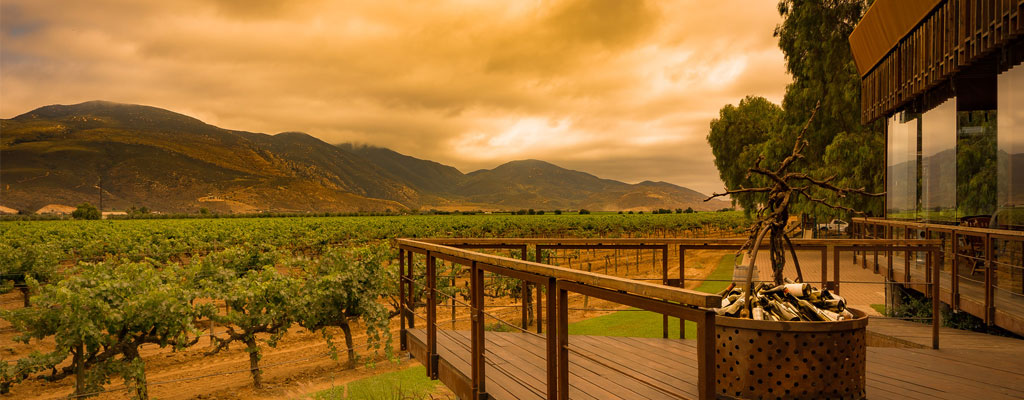
Traveling along the Wine Route in Baja California means enjoying the landscapes, colors, aromas and flavors, but also knowing the history of this region of the country.
The Wine Route calls us with its landscapes and colors, its textures and its freshness, its aromas and flavors; Simply put, seduce our senses. And this route, which has rightly become one of the favorite itineraries of mexican and foreign travelers, continues to grow.
The landscapes of northwestern Baja California are like pieces of the Mediterranean embedded in Mexico. Lomerios covered with rocks and oaks sometimes refer to southern France, northern Tunisia or certain directions of Turkey. The undulating slopes suggest the center of Italy, while the arid hills interrupted by almost always dry streams seem to come from Morocco, Israel or Andalusia.
A walk through history
Coming from Spain, Italy or Croatia, many of the Jesuits who began evangelization here more than 300 years ago did not hesitate to bring branches and plant them, although the Crown did not see it with good eyes: it was like being at home. And indeed the weather and the soil responded. Today the descendants of those first vines brought by the missionaries continue to give rich clusters.
Since then and until the end of the twentieth century, viticulture in what we now know as the state of Baja California lived a history not yet well studied, but which seems to move with great ups and downs. There were boom times since the late nineteenth century with the flourishing of trade and mining in the area. Later, the prohibition in the United States (1920-1933) encouraged many people to plant vine and produce wines and distillates. Then came the golden age of government support and commercial protectionism that ended dramatically in the eighties of the twentieth century.
A new story
The new history of the Wine Route in Baja California, which is the current one, began in those years. The survivors of the commercial opening and some new producers who were not intimidated by the high standards that European, Californian and South American wines brought with them, then began to change the local landscape.
It was not a quick process. At the beginning of the last decade of the twentieth century, there were less than a dozen winemakers in Valle de Guadalupe – the heart of the route. Gradually, however, the vineyards expanded and the wineries multiplied. In 1994, Hugo D’Acosta, who had previously been an oenologist at Bodegas de Santo Tomás, founded the Estación de Oficios El Porvenir that served as a school and winemaking workshop for countless people – should we say punters? – who are now winemakers recognized throughout the area.
The movement gained momentum in the first two decades of this millennium. There came a time around 2012 when a new wine company was opened every two months in Valle de Guadalupe. The Baja Med cuisine restaurants and boutique hotels also came. Today there are about 150 winemakers in the state, which together produce about two million cases of wine every year. Restaurants are also counted by hundreds. While in Valle de Guadalupe there are already about 450 hotel rooms (all of them surprising).
The route continues to grow. At the beginning of the 21st century, the route was Valle de Guadalupe, period. Today, the Puerta Norte, el Valle de Ojos Negros and la Antigua Ruta del Vino is a bit of what Valle de Guadalupe was 20 years ago. It is necessary to know these three important areas to be able to really say that one traveled the Wine Route. In turn, Rosarito and San Quintín begin to show that they can also make quality wine. In this guide we show a selection of all this wealth.
